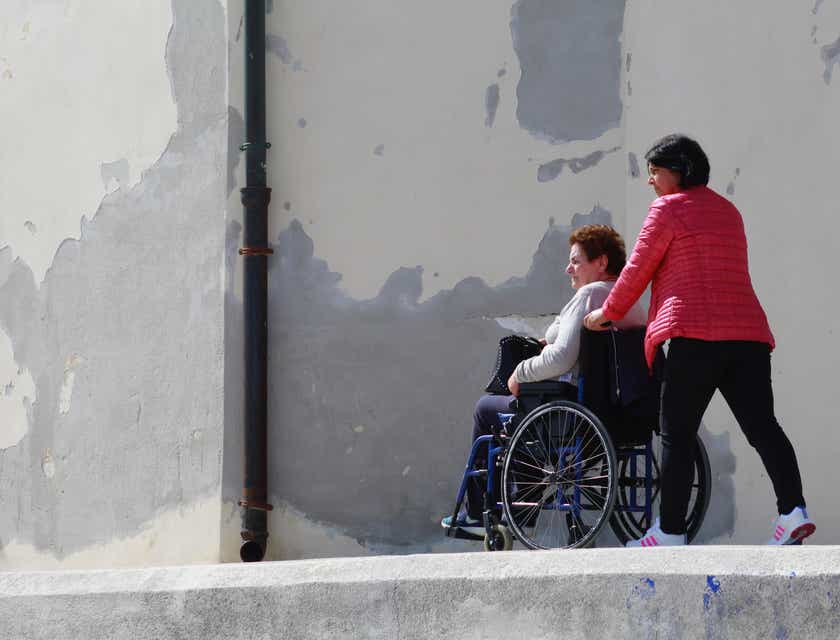In this first of two blogs, contributor Renata JL discusses the challenges faced by many like her — members of the Sandwich Generation.
My brother phones with the news that my mother’s been admitted to the hospital. She has the flu and I was going to visit her later in the day, after work, after the kids came home from school. My brother had (luckily) gotten there first. He’d found my mother disoriented and severely dehydrated, broken shards of glass around her bed. He’d cleaned her up enough to get her into the car and to the ER, where they promptly determined she’d need to be a guest of the hospital for at least a few days. The flu can be awful for anyone; at 82 it can be life-threatening.
My first reaction as I grab my coat to race to the hospital is one of gratitude that she’s going to be ok. She is in a safe place, being cared for by professionals. The second feeling is that of guilt. Why had I not gone to check on her earlier? I’d known she was sick. Was helping my son with his spelling words more important than my mother’s well-being? And then I think *expletive*, I’ve got to get someone to pick up the kids from school and do the grocery shopping I’d planned to do later that day. And what am I going to do about work? If I don’t work, I don’t get paid — my job doesn’t offer Paid Family Leave.
And so is the plight of the Sandwich Generation. The term “Sandwich Generation” was first coined in by journalist Carol Abaya in 2006 to describe the growing segment of society simultaneously caring for both their children and their aging parents (or other family members.) The combination of longer life-spans (the Journal of Financial Service Professionals finding shows tht at the beginning of the 20th century between 4% and 7% of people in their sixties had at least one parent still living. Today, that figure is nearly 50%) and later child-bearing has created a demographic whose parents are older while their children are still young. Combined with the phenomenon of smaller families (resulting in fewer siblings to bear the burden of care), those element can create a situation rife with stress, both financial and emotional.
According to AARP, 66 million Americans between the ages of 40-65 find themselves caring for multi-generation family members. The typical Sandwich Generation member is a 48-year-old woman. She maintains a paying job and spends an average of 20 hours a week providing care for a parent(s) and at least one child. And in these economic times, those children can be dependent for a much longer time.
While extended family care is not a new concept, the environment surrounding that care is completely different from historical care, as a report from the Bureau of Labor Statistics points out. We no longer live in small villages, so care is not distributed throughout a community. In many instances, Americans are distance-caring for their parents. While I am fortunate to live in the same city as my mother, I have been living in denial. This latest health episode has shown me that changes need to be made. I’m not comfortable having my mother live alone with the sporadic support from her children. I think my sandwich just squeezed me a bit tighter.
Right now my mother and I both have time to assess our next steps. While she’s still in the hospital, she’s getting the care she needs. I arrange my schedule to see her every day, but my responsibilities are minimal. Her release is imminent, however, and I know I’m going to have to step up my game.
Next: How to best cope with the stress and that come with caring for a multi-generational family, and the resources available for support.







